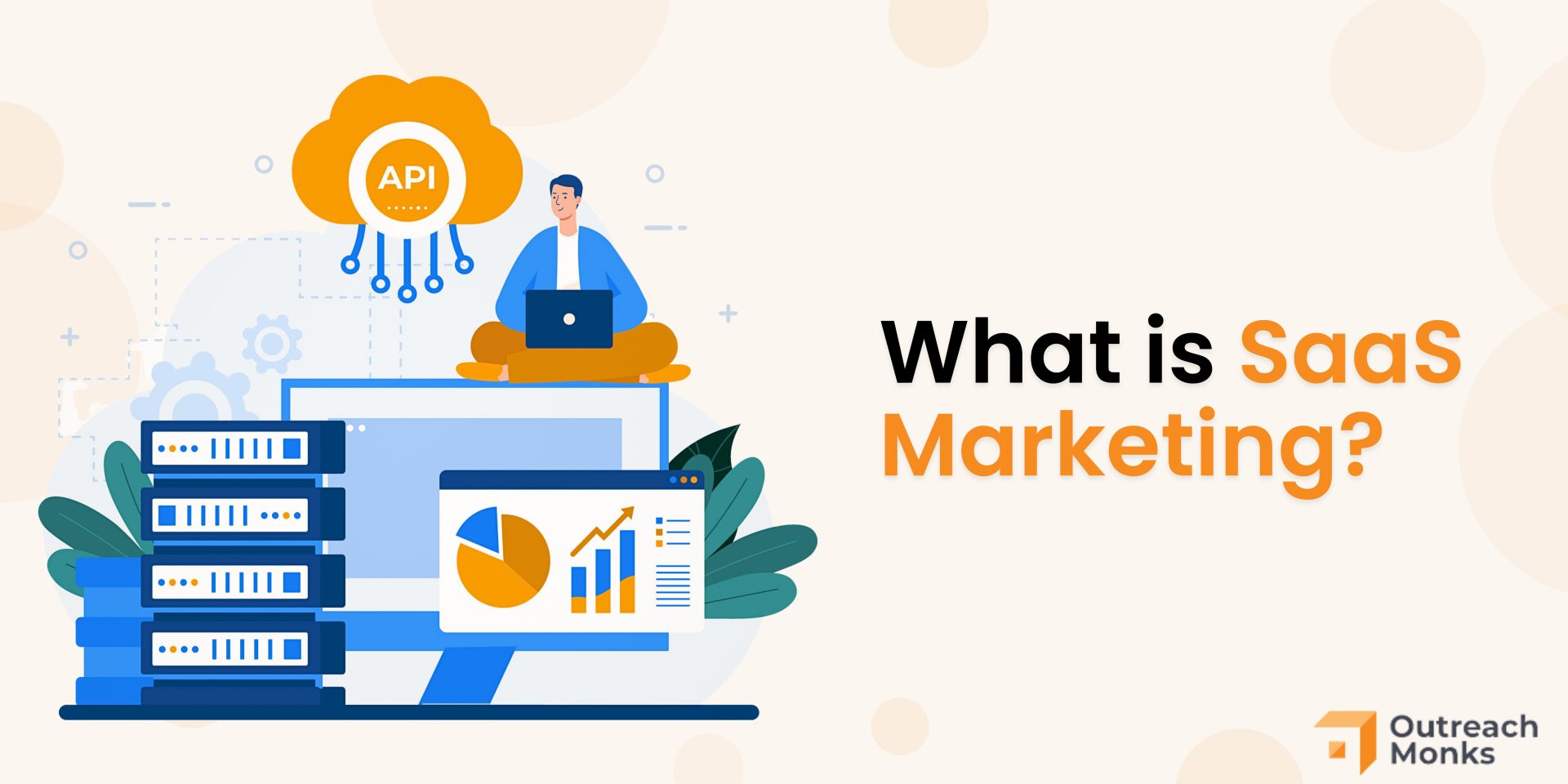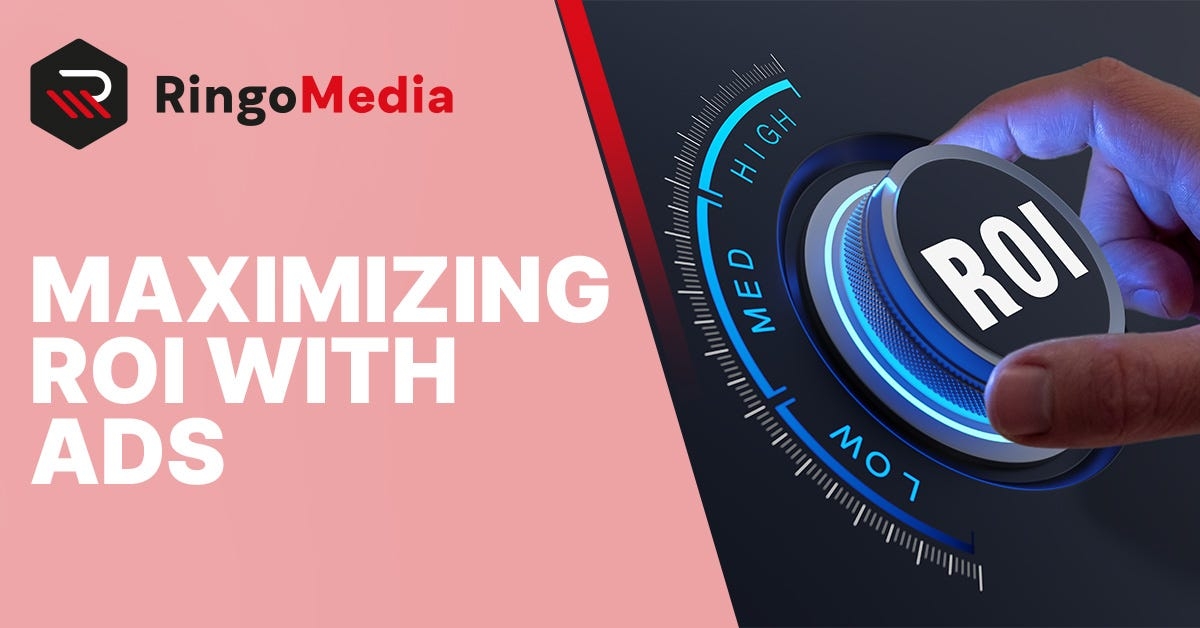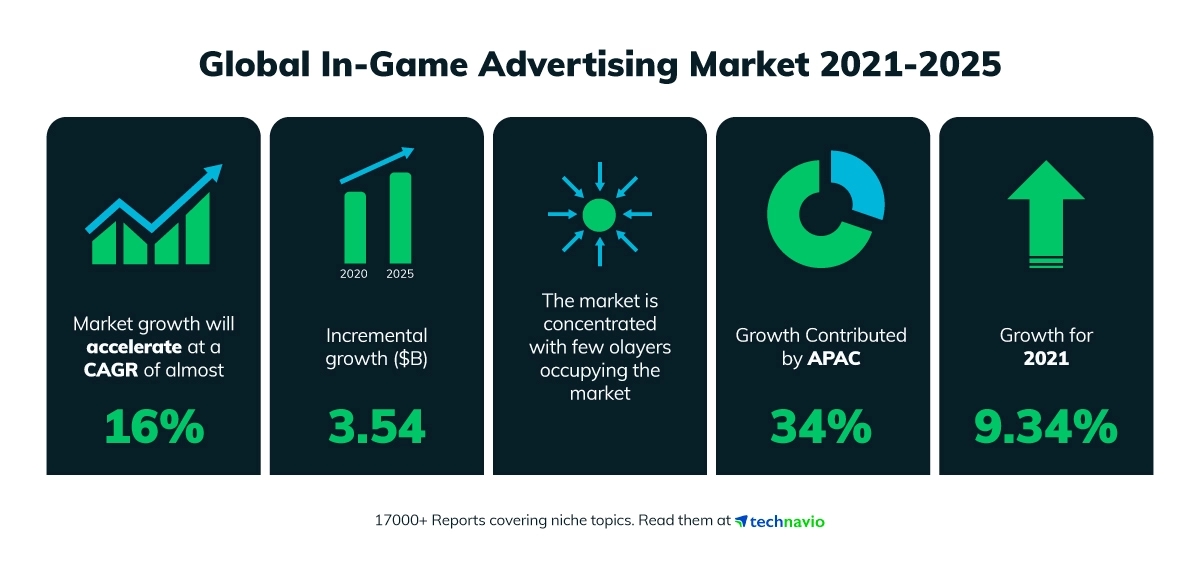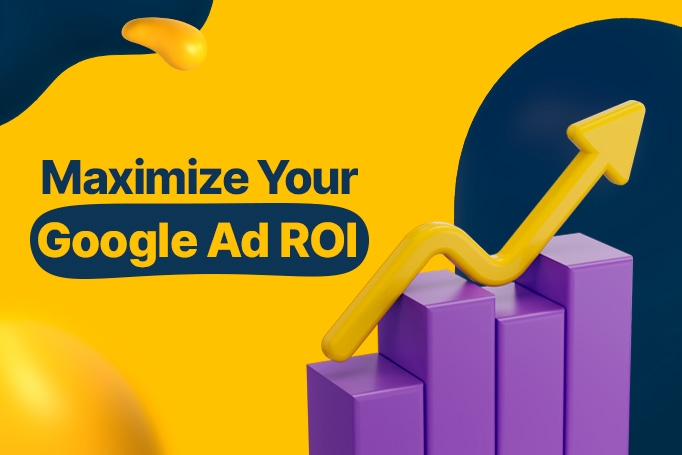Maximize ROI and Boost Gaming Sales with Targeted Advertising Strategies
Buy CPC Traffic | Buy Display Ads | Exclusive traffic sources | Buy Push Ads | Popunder ADS | Buy Native Ads | Buy Preroll Ads

Buy CPC Traffic | Buy Display Ads | Exclusive traffic sources | Buy Push Ads | Popunder ADS | Buy Native Ads | Buy Preroll Ads
In today's competitive gaming industry, targeted advertising has become the driving force behind successful marketing campaigns. With the ever-increasing number of gaming options available to consumers, it is crucial for developers and publishers to reach their target audience effectively. By utilizing targeted advertising strategies, companies can not only drive traffic to their games but also maximize their return on investment (ROI).
One of the main advantages of targeted advertising is its ability to reach a specific demographic or group of gamers. By understanding the unique preferences, interests, and behaviors of their target audience, developers and publishers can tailor their advertisements to resonate with these individuals. This personalization not only increases the likelihood of capturing the attention of potential players but also improves the overall user experience by showcasing relevant content.
Furthermore, targeted advertising allows gaming companies to allocate their resources more efficiently. Instead of adopting a mass marketing approach that may result in wasted advertising spend, developers and publishers can direct their efforts towards reaching the most relevant and interested users. This targeted approach not only saves money but also ensures that the message is delivered to those who are more likely to convert into paying customers.
Moreover, targeted advertising enables gaming companies to track and measure the success of their campaigns more effectively. By utilizing analytics tools and metrics, developers and publishers can gain valuable insights into the performance of their advertisements. This data-driven approach allows for continuous optimization and refinement, resulting in a higher ROI and increased sales.
In conclusion, targeted advertising is the key to driving gaming purchase traffic and maximizing ROI in today's competitive market. By tailoring their advertisements to specific demographics, gaming companies can capture the attention of their target audience and improve the overall user experience. Furthermore, targeted advertising allows for more efficient allocation of resources and provides valuable insights through analytics tools. With these benefits in mind, it is evident that targeted advertising is an essential component of any successful gaming marketing strategy.
Understanding the Importance of Targeted Advertising in the Gaming Industry

In the rapidly expanding gaming industry, targeted advertising has emerged as a key strategy for driving purchase traffic and maximizing return on investment (ROI). With the increasing number of games available and the competitive nature of the market, it has become crucial for game developers and publishers to effectively promote their products to the right audience. This is where targeted advertising plays a vital role.
Targeted advertising allows game developers and publishers to reach their desired audience by delivering tailored ads to individuals who are most likely to be interested in their games. By utilizing advanced data analytics and user segmentation techniques, advertisers can identify specific demographics, interests, and behavior patterns of potential gamers, enabling them to create personalized advertising campaigns.
One of the most effective methods of targeted advertising in the gaming industry is through native traffic sources. Native advertising seamlessly integrates promotional content with the gaming experience, providing gamers with relevant and contextual advertisements. This approach not only enhances user engagement but also increases the likelihood of driving traffic to websites or app stores where game purchases can be made.
Moreover, targeted advertising allows game developers and publishers to optimize their return on investment by allocating their ad spend more efficiently. Instead of wasting resources on reaching an uninterested audience, targeted advertising enables them to focus on potential customers who are more likely to convert into paying users. This targeted approach increases the effectiveness and cost-efficiency of advertising campaigns, ultimately impacting the bottom line.
In summary, understanding the importance of targeted advertising in the gaming industry is essential for game developers and publishers looking to drive purchase traffic and maximize ROI. By utilizing advanced data analytics, user segmentation techniques, and platforms like native traffic sources, advertisers can effectively reach their desired audience, leading to increased user engagement, higher conversion rates, and ultimately, higher revenue.
Identifying the Target Audience for Effective Gaming Advertising
Targeted advertising is crucial for driving gaming purchase traffic and maximizing return on investment (ROI). To effectively advertise a game, it is essential to identify the target audience and tailor the advertising campaign to their preferences and interests. Here are some key steps to help identify the target audience for effective gaming advertising:
Market Research: Conduct thorough market research to understand the gaming industry and its trends. This will help identify the target demographic, including age, gender, location, and gaming preferences.
Player Profiles: Create player profiles based on the data gathered from market research. These profiles should include detailed information about the target audience's gaming habits, preferred genres, and platforms.
Data Analysis: Analyze gaming data and consumer behavior to identify patterns and trends. This will provide insights into the target audience's online activities, time spent on gaming platforms, and purchasing habits.
Engagement Metrics: Monitor engagement metrics such as click-through rates, conversion rates, and time spent on gaming advertisements. This information will help refine the targeting strategy and optimize the advertising campaign.
Segmentation: Divide the target audience into smaller segments based on shared characteristics or behaviors. This will allow for more personalized and targeted advertising messages.
Testing and Optimization: Continuously test and optimize the gaming advertising campaign based on audience feedback and data analysis. This will help determine which strategies are the most effective in reaching the target audience.
By following these steps, advertisers can effectively identify the target audience and create tailored gaming advertisements that resonate with their intended users. Targeted advertising not only increases the likelihood of driving gaming purchase traffic but also maximizes ROI by reaching the right audience with the right message at the right time.
Harnessing Data and Analytics for Targeted Gaming Advertising Campaigns
In today's digital age, data is king. As the gaming industry continues to thrive and expand, harnessing the power of data and analytics has become essential for driving successful targeted advertising campaigns. With the vast amount of information available, advertisers can now easily identify and reach their desired audience, optimize their ad campaigns, and maximize return on investment (ROI).
One of the key advantages of utilizing data and analytics in gaming advertising campaigns is the ability to understand and segment the target audience. By analyzing user behavior, demographics, and preferences, advertisers can create personalized messages and tailor ad content to specific segments. This level of customization significantly improves the chances of engagement and conversion, as gamers are more likely to respond positively to ads that resonate with their interests and preferences.
Moreover, data and analytics enable advertisers to identify the most effective channels and platforms for their campaigns. By monitoring metrics such as click-through rates, conversion rates, and engagement levels, advertisers can allocate their resources to the channels that provide the highest ROI. This data-driven approach allows for efficient budget allocation and ensures that advertising efforts are focused on platforms that generate the most gaming purchase traffic.
Furthermore, data and analytics provide valuable insights into the performance of ad campaigns in real-time. Advertisers can access detailed reports and metrics that track ad impressions, click-through rates, conversions, and more. These insights allow for immediate adjustments and optimizations, ensuring that campaigns yield the desired results. Advertisers can tweak messaging, targeting strategies, or even creative elements based on the data, boosting the effectiveness of their campaigns.
In conclusion, harnessing data and analytics is crucial for driving targeted gaming advertising campaigns. The ability to understand and segment the target audience, identify the most effective channels, and monitor campaign performance in real-time significantly enhances the chances of success. By utilizing data to inform decision-making, advertisers can optimize their campaigns, drive gaming purchase traffic, and maximize ROI.
The Role of Social Media Platforms in Driving Gaming Purchase Traffic
As the gaming industry continues to grow, so does the importance of social media platforms in driving gaming purchase traffic. With billions of users worldwide, platforms such as Facebook, Instagram, Twitter, and YouTube provide a unique opportunity for game developers and publishers to reach their target audience directly.
One of the main advantages of social media platforms is their ability to target specific demographics, interests, and behaviors. This allows gaming companies to create highly effective advertising campaigns that reach the right people at the right time. For example, Facebook's advanced targeting options help gaming companies show their ads to users who have expressed an interest in similar games or genres.
Moreover, social media platforms offer various ad formats that are tailored to engage and convert users. From eye-catching videos and images to interactive content, these platforms provide the tools needed to create compelling ads that drive gaming purchase traffic. For instance, game trailers on YouTube can generate excitement and anticipation among the gaming community, leading to higher conversion rates.
Aside from targeted advertising, social media platforms also play a crucial role in word-of-mouth marketing. Gamers often share their experiences, opinions, and recommendations on these platforms, influencing their friends and followers to try out new games. By fostering a sense of community and encouraging user-generated content, gaming companies can leverage the power of social media to generate organic traffic and increase their return on investment.
In addition to advertising and word-of-mouth marketing, social media platforms also provide an avenue for direct communication with the gaming community. Game developers and publishers can engage with their audience through comments, direct messages, and live streams, creating a strong bond between the brand and its consumers. This two-way interaction not only builds trust and loyalty but also drives gaming purchase traffic through personalized recommendations and referrals.
In conclusion, social media platforms have become an integral part of driving gaming purchase traffic. With their advanced targeting options, engaging ad formats, and ability to foster word-of-mouth marketing, these platforms offer a powerful tool for game developers and publishers to maximize their return on investment and reach their target audience effectively.
Optimizing Gaming Advertising for Online Search Engines

When it comes to gaming advertising, optimizing for online search engines is key to maximizing your reach and driving traffic to your game. With millions of gamers searching for new games and information about their favorite titles, it's crucial to ensure your game gets noticed in search results.
Choosing the Right Keywords

One of the first steps in optimizing your gaming advertising for search engines is selecting the right keywords. These are the words and phrases that gamers are likely to search for when looking for a game like yours. Start by brainstorming a list of relevant keywords and then use keyword research tools to find popular and relevant terms. Incorporate these keywords into your ad copy and website content to improve your chances of appearing in search results.
Creating Compelling Ad Copy
Once you have your keywords, it's important to create compelling ad copy that entices gamers to click on your ad. Highlight the unique features and benefits of your game and make sure to include a clear call to action. Use power words and emotional triggers to grab the attention of gamers and make your ad stand out from the competition.
Additionally, consider using ad extensions to provide additional information about your game, such as user reviews or app ratings. This can help build trust and credibility with potential gamers and increase the likelihood of conversions.
It's also essential to continuously test and optimize your ad copy to determine what resonates best with your target audience. A/B testing different ad variations can help you identify the most effective messages and optimize your campaigns for better results.
Optimizing Landing Pages

When gamers click on your ad, they should be directed to a landing page that is specifically tailored to their search query. The landing page should provide a seamless and engaging user experience, with clear information about your game and a call to action to encourage conversions.
Make sure your landing page is mobile-friendly, as many gamers search for games on their smartphones or tablets. Load times should be fast to prevent users from bouncing off the page, and the design should be visually appealing and easy to navigate.
Lastly, consider implementing tracking and analytics tools to monitor the performance of your landing pages. This data can help you identify areas for improvement and further optimize your gaming advertising campaigns.
By following these optimization strategies, you can increase your visibility in online search engines, attract more gamers to your game, and maximize your return on investment. Stay proactive and adaptive in your approach to gaming advertising, and you'll be well on your way to driving more traffic and achieving success in the gaming industry.
Creating Engaging and Personalized Gaming Ads for Maximum ROI

When it comes to attracting potential gamers and driving purchase traffic, creating engaging and personalized gaming ads is crucial. By tailoring your ads to the interests and preferences of your target audience, you can significantly increase the return on investment (ROI) of your advertising campaigns. Here are some strategies to consider:
1. Understand Your Target Audience
Before creating your gaming ads, it's essential to understand your target audience. Research their demographics, interests, and gaming preferences. By understanding what resonates with them, you can craft ads that are more likely to capture their attention and motivate them to make a purchase.
2. Highlight Unique Selling Points
Your gaming ads should highlight the unique selling points of your game. What sets it apart from competitors? Is it the stunning graphics, immersive gameplay, or exciting multiplayer features? By showcasing these unique aspects in your ads, you can pique the interest of potential gamers and entice them to learn more.
3. Utilize Eye-Catching Visuals
In the gaming industry, visuals play a crucial role in attracting attention. Use high-quality images and videos that showcase the gameplay and graphics of your game. Ensure that your visuals are eye-catching and appealing to your target audience. This will help your ads stand out and make a memorable impression.
4. Craft Compelling Ad Copy

While visuals are important, don't overlook the power of compelling ad copy. Your ad copy should be concise, persuasive, and tailored to the interests of your target audience. Highlight the key features and benefits of your game, and use language that resonates with your audience. A well-crafted ad copy can significantly increase click-through rates and conversions.
5. Personalize Your Ads
Personalization is key to driving engagement and maximizing ROI. Use data and insights about your audience to personalize your ads. This can include incorporating their name, location, or personalized recommendations based on their gaming history. By making your ads feel more tailored and relevant, you can capture the attention of potential gamers and increase the likelihood of conversion.
6. Test and Optimize
Lastly, don't forget to continually test and optimize your gaming ads. Experiment with different visuals, ad copy, and targeting strategies to identify what works best for your audience. Monitor key metrics such as click-through rates, conversion rates, and cost per acquisition to ensure your ads are performing optimally. By iterating and optimizing, you can continuously improve your ROI over time.
In conclusion, by creating engaging and personalized gaming ads, you can drive purchase traffic and maximize ROI. Understand your target audience, highlight unique selling points, utilize eye-catching visuals, craft compelling ad copy, personalize your ads, and continuously test and optimize. By employing these strategies, you can attract the attention of potential gamers and motivate them to make a purchase, ultimately increasing the success of your advertising campaigns.
Measuring the Success of Targeted Gaming Advertising Strategies
Measuring the success of targeted gaming advertising strategies is crucial for maximizing return on investment (ROI). By tracking key metrics and analyzing the data collected, advertisers can gain valuable insights into the effectiveness and impact of their campaigns.
One important metric to consider is the click-through rate (CTR), which measures the percentage of users who click on an ad after being exposed to it. A higher CTR indicates that the ad is capturing the attention of the target audience and generating interest. Monitoring the CTR allows advertisers to optimize their campaigns and focus on the most engaging and effective ads.
Conversion rate is another important metric to measure, as it reflects the percentage of users who take a desired action, such as making a purchase or signing up for a service, after clicking on an ad. Increasing the conversion rate indicates that the targeted advertising strategy is effectively driving desired outcomes and generating revenue.
Tracking the return on ad spend (ROAS) helps advertisers assess the efficiency and profitability of their targeted gaming advertising campaigns. It calculates the revenue generated from ads compared to the cost of running the campaigns. A high ROAS indicates that the advertising efforts are generating significant returns, while a low ROAS suggests the need for adjustments in targeting or messaging.
Additionally, monitoring engagement metrics, such as time spent on site or app, bounce rate, and average session duration, can provide insights into the quality and relevance of the targeted ads. If users are spending more time on the site or app and exploring different pages, it indicates that the ads are driving engagement and interest.
Furthermore, using A/B testing can help measure the success of different targeting strategies. By comparing the performance of ads with different targeting parameters, advertisers can determine which segments of the audience are responding best and adjust their campaigns accordingly.
In conclusion, measuring the success of targeted gaming advertising strategies is essential for optimizing campaigns and maximizing ROI. By tracking metrics such as CTR, conversion rate, ROAS, and engagement metrics, advertisers can gain valuable insights into the effectiveness of their ads and make data-driven decisions to improve their targeting techniques.
How can targeted advertising help drive traffic for gaming purchases?
Targeted advertising can help drive traffic for gaming purchases by allowing marketers to reach specific audiences who are interested in gaming. By using data and insights to identify and target individuals who are likely to be interested in purchasing games, marketers can create ads that speak directly to these users, increasing the likelihood of them clicking on the ad and making a purchase.
What are some examples of targeted advertising in the gaming industry?
Some examples of targeted advertising in the gaming industry include displaying ads for specific games to users who have previously shown interest in similar games, targeting ads towards users who have visited gaming websites or forums, and using demographic data to serve ads to specific age groups or locations that are more likely to be interested in gaming.
How can targeted advertising help maximize return on investment (ROI) for gaming marketers?
Targeted advertising can help maximize ROI for gaming marketers by ensuring that their advertising budget is being spent on reaching the most relevant audiences. By only showing ads to individuals who are likely to be interested in purchasing games, marketers can increase the likelihood of users clicking on the ad and making a purchase. This can lead to a higher conversion rate and a greater return on investment for the marketer.
What kind of data is used in targeted advertising for gaming?
Targeted advertising for gaming can use a variety of data, including demographic data such as age, gender, and location, as well as behavioral data such as previous gaming interests and online browsing habits. Marketers can also use data from social media platforms, gaming websites, and mobile apps to further target their ads to specific audiences.
Are there any potential drawbacks or challenges to targeted advertising in the gaming industry?
Yes, there are some potential drawbacks and challenges to targeted advertising in the gaming industry. One challenge is ensuring that the data used for targeting is accurate and up-to-date, as outdated or inaccurate data can lead to ads being shown to the wrong audience. Additionally, there may be concerns about privacy and data protection, as targeted advertising relies on collecting and using personal information. It is important for marketers to be transparent about their data collection and use practices and to comply with applicable privacy laws and regulations.
How can targeted advertising help in driving gaming purchase traffic?
Targeted advertising can help in driving gaming purchase traffic by reaching out to specific groups of people who are more likely to be interested in purchasing games. By tailoring the advertisements to these specific groups based on their demographics, interests, and behaviors, advertisers can increase the chances of attracting potential buyers and driving them to make a purchase.
What are some key factors to consider when implementing targeted advertising in the gaming industry?
When implementing targeted advertising in the gaming industry, it is important to consider factors such as the target audience's demographics (age, gender, location), interests (gaming preferences, genres), and behaviors (online purchasing habits, device usage). Additionally, analyzing data and using tools to track the performance of targeted advertisements can provide insights on what is driving the most traffic and generating the highest return on investment.
How can targeted advertising help maximize return on investment (ROI) in the gaming industry?
Targeted advertising can help maximize return on investment in the gaming industry by focusing advertising efforts on the most promising customer segments. By identifying the specific characteristics of the target audience and tailoring the advertisements to their preferences, advertisers can increase the chances of attracting potential buyers and driving them to make a purchase. This targeted approach can result in higher conversion rates and ultimately lead to a greater return on investment.
Buy CPC Traffic | Buy Display Ads | Exclusive traffic sources | Buy Push Ads | Popunder ADS | Buy Native Ads | Buy Preroll Ads
2022-2024 @ Targeted Advertising: The Key to Driving Gaming Purchase Traffic and Maximizing ROI